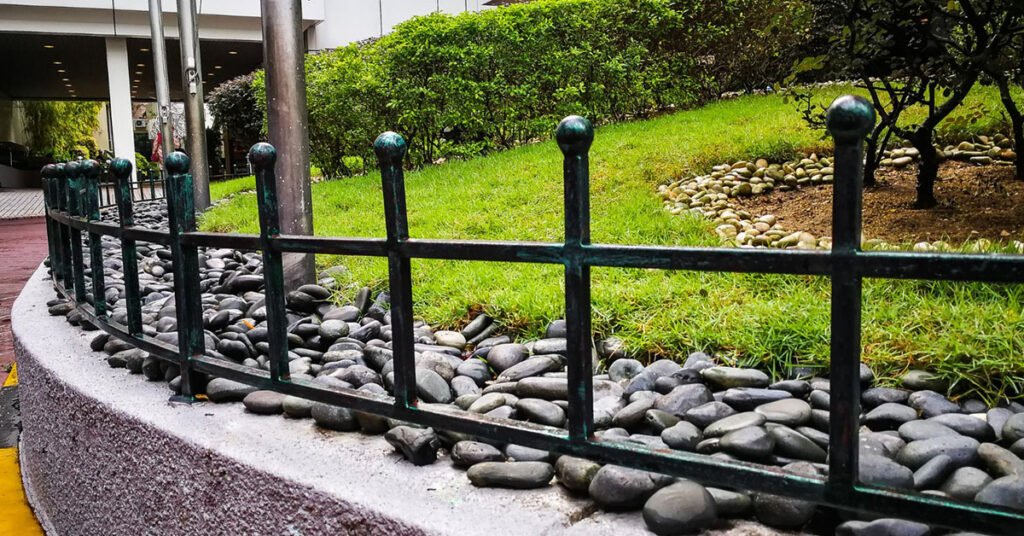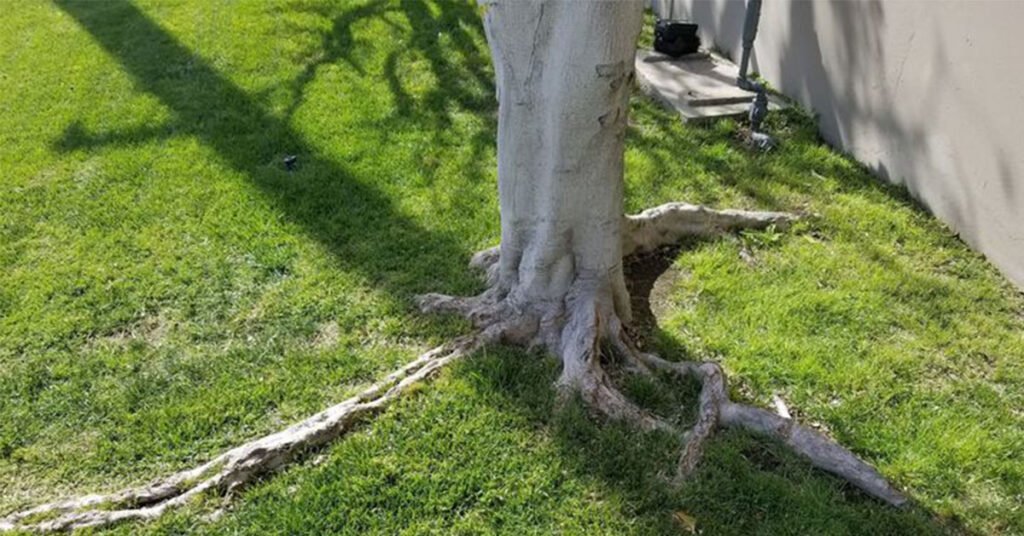Magnolia trees are known for their stunning blooms and lush foliage, making them a favorite choice for many landscapes. However, landscaping around a magnolia tree can be a bit challenging due to its dense root system and shade. For those of you looking to start a career in the landscaping industry, mastering the art of landscaping around a magnolia tree can set you apart as a knowledgeable and skilled professional. In this guide, we’ll walk you through the essential steps of how to landscape around a magnolia tree. Let’s get started.
Understanding the Magnolia Tree
Before diving into the landscaping process, it’s crucial to understand the characteristics of magnolia trees:
- Root System: Magnolias have a shallow, spreading root system that can extend well beyond the tree’s canopy. This means heavy digging can damage the roots.
- Shade: The dense canopy of magnolia trees creates significant shade, which influences the types of plants that can thrive underneath.
- Soil Preference: Magnolias prefer well-drained, slightly acidic soil. Amending the soil around your magnolia tree to meet these preferences can promote healthier growth.
How to Landscape Around a Magnolia Tree
The following are the steps that you should follow to landscape around a Magnolia tree.
1. Assess the Area
Start by thoroughly assessing the area around your magnolia tree. Note the size of the tree, the extent of its canopy, and the amount of shade it produces throughout the day. This will help you determine the best plants and design elements for the space.
2. Choose the Right Plants
Selecting the right plants is crucial for successful landscaping around a magnolia tree. Look for shade-tolerant, shallow-rooted plants that won’t compete with the magnolia’s root system. Some great options include:
- Ferns: Varieties like the Christmas fern and maidenhair fern thrive in shade and add a lush, green backdrop.
- Hostas: These are excellent for adding texture and come in a variety of colors and sizes.
- Astilbes: Known for their feathery plumes, astilbes add a touch of elegance and color.
- Liriope: This hardy groundcover is perfect for filling in spaces and preventing erosion.
3. Prepare the Soil
Given the shallow root system of magnolias, avoid extensive digging. Instead, add a layer of compost or well-rotted manure to the soil surface to enrich it without disturbing the roots. This will help retain moisture and provide essential nutrients.
4. Plan Your Layout
Design your landscape with the magnolia tree as the focal point. Consider creating a circular or oval-shaped garden bed around the tree. Use edging materials like bricks, stones, or metal to define the bed and prevent grass from encroaching.
5. Mulch Wisely
Apply a thick layer of organic mulch around the base of the magnolia tree, extending it to the drip line. Mulch helps retain moisture, suppress weeds, and protect the tree’s roots. However, keep the mulch a few inches away from the trunk to prevent rot.
6. Install Ground Cover
Ground cover plants are excellent for filling in spaces and adding texture. Consider low-growing, shade-tolerant options like creeping thyme, sweet woodruff, or ajuga. These plants will create a cohesive look and help prevent soil erosion.
7. Incorporate Hardscaping Elements
Add hardscaping elements to enhance the visual appeal and functionality of your landscape. A garden bench, a small water feature, or decorative stones can create focal points and make the area around the magnolia tree inviting and serene.
8. Maintain Regularly
Landscaping around a magnolia tree requires regular maintenance to ensure the health of both the tree and the surrounding plants. Water the area consistently, especially during dry spells, and monitor for pests or diseases. Prune the magnolia tree as needed to maintain its shape and remove any dead or diseased branches.
Tips for Aspiring Landscapers
- Understand Plant Compatibility: Knowledge of plant compatibility is essential. Ensure the plants you choose can coexist without competing for resources.
- Client Consultation: Always consult with your clients about their preferences and vision for the landscape. This will help you tailor your design to their specific needs.
- Stay Updated: Landscaping trends and best practices evolve. Stay updated by attending workshops, joining professional associations, and reading industry publications.
- Sustainable Practices: Embrace sustainable landscaping practices, such as using native plants, reducing water usage, and minimizing chemical inputs. This not only benefits the environment but also appeals to eco-conscious clients.
Read More: Does Landscape Fabric Kill Grass?
Conclusion
Landscaping around a magnolia tree requires careful planning and consideration, but with the right approach, you can create a stunning and sustainable landscape. As you embark on your landscaping career, mastering these techniques will enhance your skills and set you apart as a knowledgeable professional. Remember to always prioritize the health of the magnolia tree and the surrounding plants, and maintain the landscape regularly to keep it looking its best.



